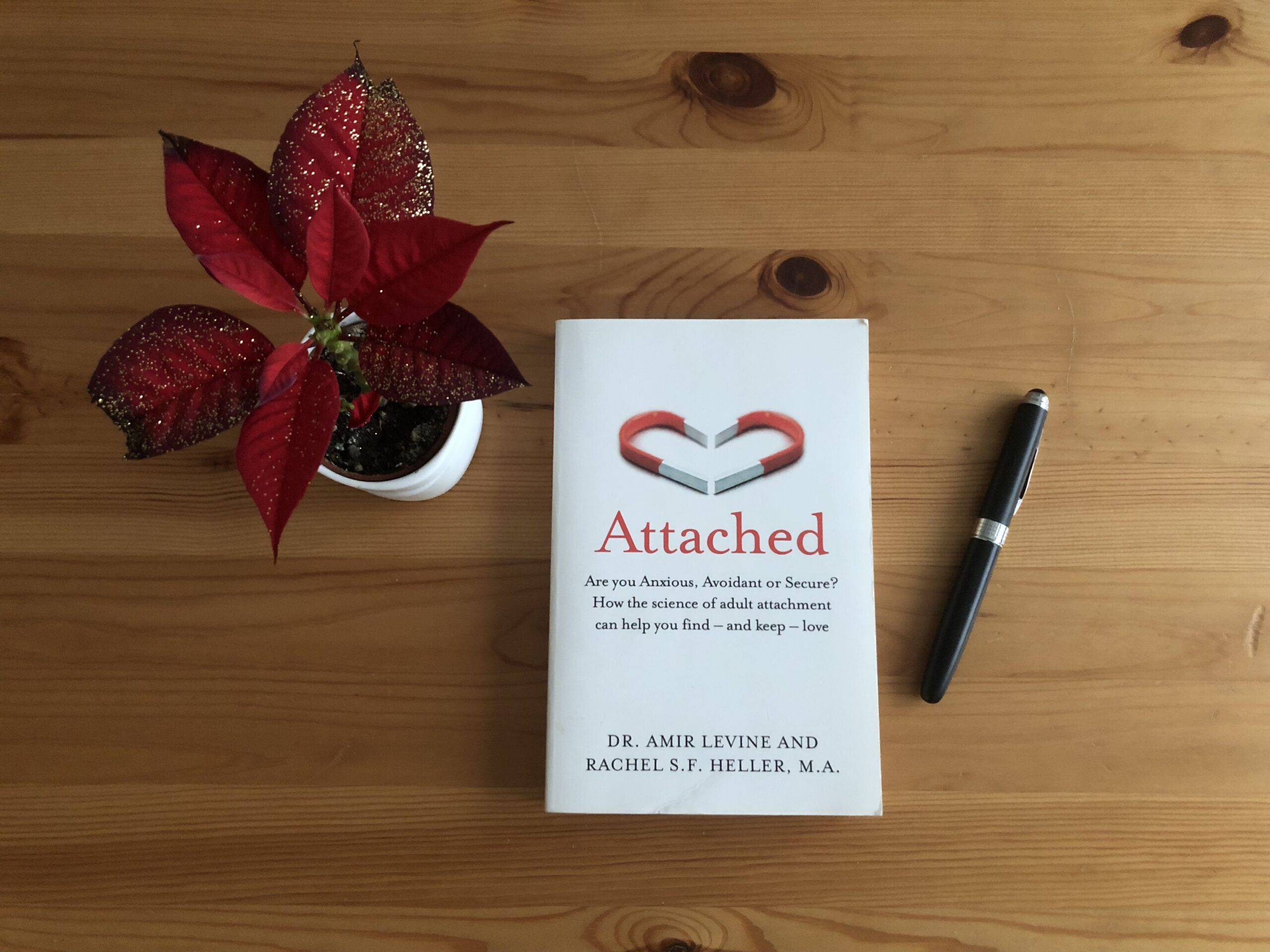If there is one subject that has consumed most of my time and energy, it has been relationships, both those I have had and those I have not. I realised a few years ago that I am one of those people who is able to focus so much on it that it has been to the detriment of other areas of my life, such as professional or family life. The interesting thing is that I have a tendency to live it all in my head (both at the level of fantasy and fatalism), and as a result, it wears me down enormously.
While astrology was a great help in understanding myself (as I mentioned here), this book called “Attached” and written by Dr. Amir Levine & Rachel S. F. Heller, M. A., helped me to see more clearly some parts of myself that I couldn't fully grasp. The authors' premise is that there are 4 styles of emotional attachments that are mainly formed during our childhood: anxious attachment, avoidant attachment, secure attachment and anxious-avoidant or mixed attachment. According to them, the majority of the population is in the first two, but there are a good number of people expressing secure attachment (thank goodness!). The minority would be those with anxious-avoidant attachment.
In the book they explain and give examples of the different styles (with less emphasis on mixed, which is rarer), so it is quite easy to identify with one of them if you have some degree of clarity about yourself. Briefly, to contextualise, if anxious attachment predominates, these are people who tend to require attention to calm their nervous system, are prone to insecurity and find it difficult to explain what they need. People with avoidant attachment seek independence and space, and tend to be rather ambivalent in their behaviours. Securely attached people are more conciliatory, patient and communicate clearly. People with anxious-avoidant attachment are a mixture of the first two styles. In my opinion, the book is especially dedicated to people with anxious attachment. It is the one that I feel was the most elaborated and that gets the most prominence in the various stories shared (bordering on justification at times, in my opinion.) However, there is quite a lot about avoidant and secure attachment. Without wanting to add labels, as I have not been officially diagnosed myself, when reading the different profiles, I identified strongly with anxious attachment as well as avoidant attachment. I have had glimpses of secure attachment, because I have dated guys like that and I also have friends with that profile, but I have seen how I can mutate depending on the person I am relating to.
For example, when I start going out with someone I'm interested in, anxious behaviour will unfold in me. And it's horrible. I have a very hard time at the beginning of relationships because there is nothing that makes me feel good about the bond, I tend to have a lot of doubts and worries, and I project a lot of behaviours and motives on the other person. However, I've had friendships with people who are more anxiously attached, and I've polarised towards avoidant. That was very, very, very, very revealing for me. I realised that I did not tolerate other people's anxiety, so I sought distance and silence, which for someone who is anxious is the worst, but I (in my unconscious "avoidance") did not understand it. I never put myself in their place. And because I didn't see my anxious side so clearly at the time, I couldn't empathise with them. And now that I am looking at this side of myself with more compassion (I wrote about it here), the premise of this book makes much more sense to me.
It's an important work to be able to step back from yourself to see yourself through different eyes. To stop projecting and to recognise that the behaviours that generate rejection in you are your own as well. I see how there are other people's behaviours that trigger me a lot, and since my brain is just in the process of acceptance, it takes a lot of energy to deal with the anxious-avoidant behaviours that come naturally to me in a compassionate and loving way. Understanding that sometimes I want to be reassured and sometimes I just want to be left alone, without judging myself for it, is a big step for me. And books like this help a lot in normalising different behaviours, as well as working on them to eventually achieve some level of inner security.
What do you think about the topic of attachments styles, have you read this book, and what did you think of it? I would love to hear from you.
Photo: Original image by Pilar Gómez Alvarez.

